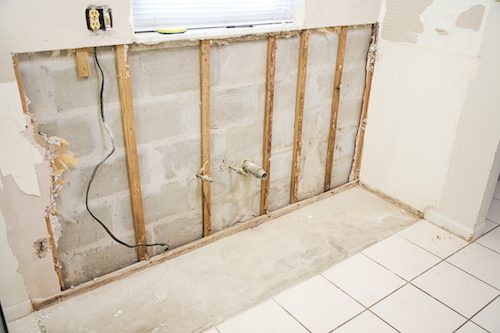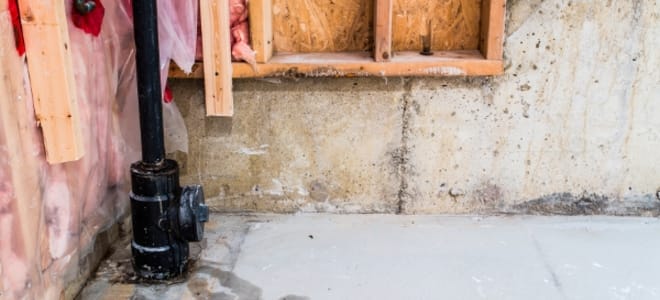Identifying and Resolving Stains from Water on Wall Surfaces
Identifying and Resolving Stains from Water on Wall Surfaces
Blog Article
What are your ideas on Water Stains on Walls?

Water stains on wall surfaces are not enjoyable to the eyes. Your residence needs to lack spots on the wall surfaces, roof covering, or floorings. That is the perfect state of a residence and also its structures. Yet, sometimes it appears almost inescapable to experience water discolorations on walls in homes.
Property owners living in damp areas regularly deal with the fear of water spots on wall surfaces. With precise and also all-round details on the causes of water spots as well as punctual repair procedures, you will constantly be an action in advance of such occurrences.
3 Typical Sources Of Water Spots on Walls
As opposed to popular belief, water stains on wall surfaces do not always originate from inadequate structure products. There are several reasons for water spots on wall surfaces. These consist of:
Poor Drainage
When making a building plan, it is important to make certain ample drainage. This will stop water from permeating right into the wall surfaces. Where the drain system is blocked or missing, underground wetness develops. This links to extreme moisture that you discover on the wall surfaces of your building.
The leading cause of damp wall surfaces, in this situation, can be a bad drainage system. It can also be because of poor management of sewer pipelines that run through the building.
Wet
When warm damp air meets completely dry cold air, it causes water droplets to base on the wall surfaces of structures. This happens in shower rooms and also kitchen areas when there is heavy steam from cooking or showers. The water droplets can discolor the surrounding walls in these parts of your home and also infect other locations.
Damp or condensation influences the roof covering and also wall surfaces of buildings. This triggers them to show up darker than other locations of the residence. When the wall is wet, it develops a suitable environment for the growth of fungis and germs. These may have unfavorable results on health and wellness, such as allergic reactions as well as respiratory system conditions.
Pipe Leaks
The majority of homes have a network of pipes within the walls. This guarantees that the pipes are well away from the reach of damaging rats. It always raises the viability of such pipes, as there is little oxygen within the walls. This dissuades rust.
Yet, a drawback to this is that water leak affects the walls of the structure and also triggers extensive damage. An indication of damaged pipelines is the appearance of a water stain on the wall.
Water Spots on Wall: Repair Service Tips
Home owners would generally desire a quick fix when managing water stains. They would certainly quickly understand this is counterproductive as the water spots recur. Here are a few useful ideas that will direct you in the repair work of water spots on walls:
Pro Suggestion
A houseplant in your home additionally boosts its humidity. If the home is currently humid, you might want to introduce houseplants with marginal transpiration. An example of appropriate houseplants is succulents.
Verdict
Although no one wishes to have water stains on walls in their house, it can happen to the best people. This article provides you take advantage of, as you now know exactly how to manage this mishap if it does occur.
It is always best to recruit expert solutions to help repair the damages in your house.
Occasionally it seems nearly inescapable to experience water discolorations on walls in homes.
Contrary to popular idea, water discolorations on wall surfaces do not always stem from poor building materials. There are numerous causes of water spots on wall surfaces. The water beads can tarnish the surrounding wall surfaces in these parts of your house and spread to other locations.
Here are a few handy suggestions that will guide you in the repair work of water spots on wall surfaces:
CHECKING FOR WATER DAMAGE
Water damage can be costly, and it may begin before you even notice the first signs of trouble. Water damage can cause mold and mildew in your walls and floors, which can create an abundance of health concerns for your family. It can also lead to costly repairs of various appliances and general home fixtures. To avoid the pricey consequences of water damage, here are Warner Service’s top 5 places you should check:
The walls – The easiest place to spot the beginnings of water damage is on the walls and ceilings of your home. If water damage is present, there will most likely be water stains, especially around the windows and doorframes, and/or cracks in the drywall. If a stain looks unusual (discolored to brown, black or gray, raised texture), has a swollen appearance or is soft to the touch, contact a professional immediately. The pipes – To avoid water damage, consistently check the pipes in your kitchen (especially the dishwasher and ice maker), bathrooms, laundry room (specifically washing machines) and basement for corrosion, leaks and water stains. Pay special attention to where the pipes connect in your home and the location of caulking around the bathroom fixtures, including toilets, sinks, showers and tubs. Missing or loose caulking and grout could be signs of leaking water. This seepage can also quickly cause mold and rust, so double check your water heater and tank for wet spots on the floor. The floor – Water damage is very easy to spot on the floor. Look for any warping or buckling of the material, especially in the basement. If your home has wood flooring, look for bright white or dark stains. If your home has carpeting, keep it dry and clean. A damp carpet that smells of mold could cause water damage and health problems. To avoid this, consider installing floor pans under your appliances to help prevent damages from small, slow and undetected leaks. The basement and attic – If your basement or attic smells odd check for mold and mildew around the area, especially the valley where the roof meets. While you are inspecting those areas, check for wall cracks, floor stains, rust and dampness in the insulation. If you live in a colder and/or rainier climate, perform routine checks for water damage from melting snow or ice and rain. The exterior – Check the roof for damaged flashing and missing, cracked or curled shingles. There should also be no standing water anywhere outside your home. This could be caused by puddles, leaky rain gutters or hoses, poor drainage, or short gutter spouts. Invest in a sump pump system or water flow monitoring system, and perform routine maintenance on these outdoor appliances to avoid indoor water damage.

I am just very fascinated with How to Remove Water Stains from Walls and Ceilings and I hope you appreciated our entry. Feel free to take the time to share this blog post if you enjoyed reading it. Thanks a lot for your time invested reading it.
Fast and effective, call! Report this page